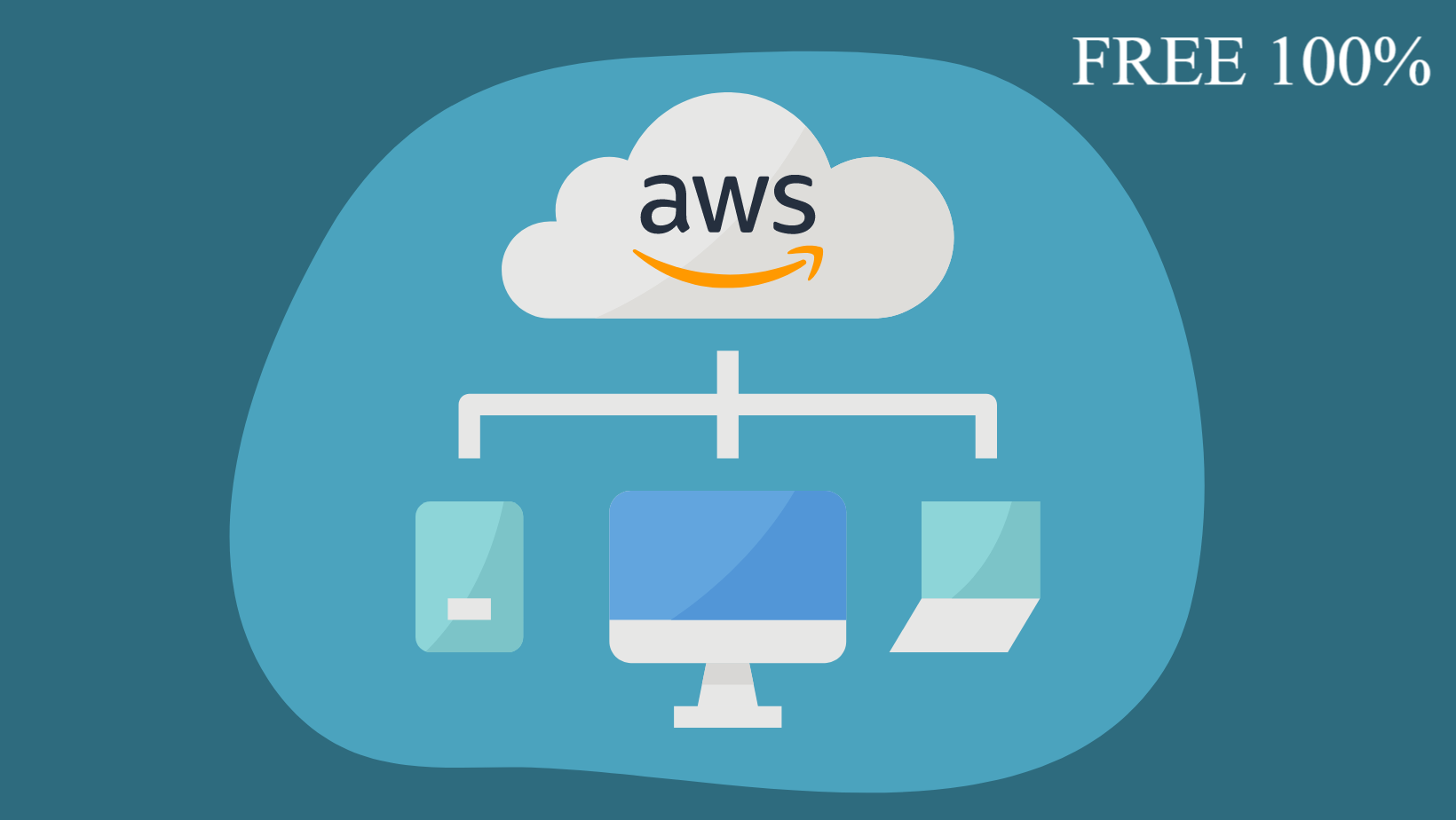Cloud Computing
Cloud computing has revolutionized the way businesses and individuals store, process, and manage data. At its core, it refers to delivering computing services like servers, storage, databases, and applications over the internet. Instead of maintaining physical hardware, cloud computing offers flexibility, scalability, and cost efficiency.
Amazon Web Services (AWS) is a dominant player in the cloud computing space, providing an extensive range of services that cater to both small businesses and enterprise-level clients. With its Free Tier program, AWS allows users to explore cloud computing without worrying about initial costs.
AWS Free Tier: An Overview
The AWS Free Tier is a fantastic initiative designed to introduce users to AWS services. It provides limited access to various AWS services for free, allowing individuals and businesses to experiment and learn without incurring costs.
Key Benefits:
- Cost-Free Experimentation: Ideal for students, startups, and developers.
- Hands-On Experience: Access to real-world cloud computing services.
- Scalability: Start small and scale up as your needs grow.
Limitations: While the Free Tier is generous, it’s important to note that services have usage limits. Exceeding these limits can result in charges, so monitoring usage is critical.
How to Get Started with Free AWS Cloud Computing
Step 1: Creating an AWS Account
- Visit the AWS website.
- Click on “Create an AWS Account.”
- Enter your details, including name, email, and payment method. (A credit/debit card is required for verification purposes.)
Step 2: Activating the Free Tier
Once your account is set up, you’re automatically enrolled in the Free Tier. Check out the Free Tier section in the AWS Management Console to view eligible services.
Step 3: Exploring the AWS Management Console
The AWS Management Console is your gateway to managing AWS services. Use it to deploy instances, manage storage, and configure resources—all without leaving the browser.
Top Free Tier Services Offered by AWS
AWS Free Tier offers a range of services across various domains. Here are some highlights:
- Amazon EC2 (Elastic Compute Cloud)
- Provides scalable virtual servers.
- Free usage: Up to 750 hours per month of t2.micro or t3.micro instances (Linux/Windows).
- Amazon S3 (Simple Storage Service)
- Secure and durable storage for data.
- Free usage: 5 GB of standard storage.
- AWS Lambda
- Serverless computing that runs your code without provisioning servers.
- Free usage: 1 million free requests and 400,000 GB-seconds of compute time per month.
- Amazon RDS (Relational Database Service)
- Managed database services for popular engines like MySQL and PostgreSQL.
- Free usage: Up to 750 hours of db.t2.micro instance usage.
Best Practices for Managing Free Tier Resources
- Monitor Usage Regularly
AWS provides tools like the Cost and Usage Report and Free Tier Usage Alerts to help you stay within limits. - Automate Resource Management
Set up automation tools to stop unused EC2 instances or delete unused S3 buckets. - Use AWS Budgets
Create budget alerts to ensure you don’t exceed your free limits. AWS Budgets allows you to set custom thresholds for usage or spending.
AWS Free Tier opens up endless opportunities for exploring cloud computing at no cost. By understanding its features and managing your resources effectively, you can maximize the benefits while avoiding potential charges.
FAQs
- What is AWS Free Tier?
AWS Free Tier is a program offering free access to various AWS services within specified limits for a year. - Do I need a credit card to sign up for AWS Free Tier?
Yes, a credit/debit card is required for verification purposes, but you won’t be charged as long as you stay within the limits. - What happens after the Free Tier period ends?
You’ll be billed for any services you continue to use beyond the free limits. - Can businesses use the Free Tier?
Absolutely! The Free Tier is ideal for businesses wanting to experiment with AWS services before scaling up. - How can I ensure I don’t exceed Free Tier limits?
Monitor usage via AWS Management Console and set up alerts using AWS Budgets.
